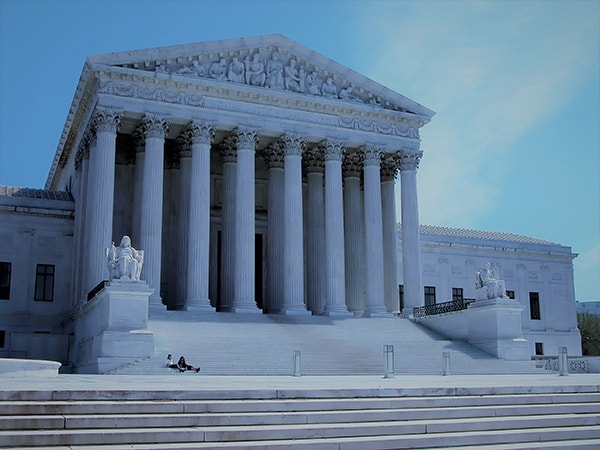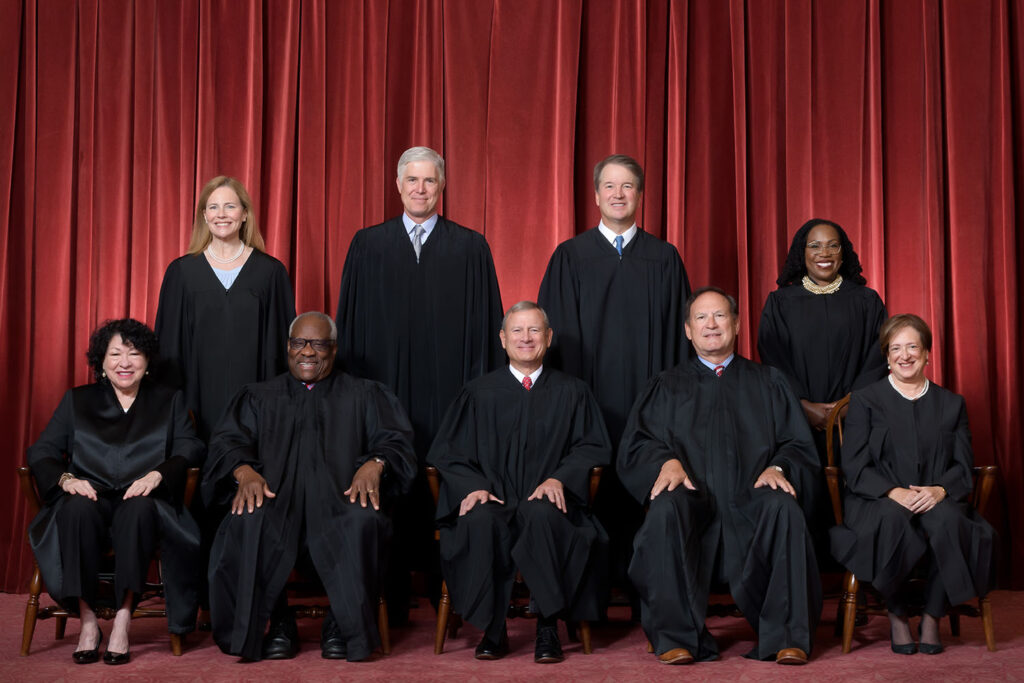Why Choose Federal Appeal Lawyers: Proven Techniques for Effective Appeals
Wiki Article
Debunking the Process of Federal Appeals: What You Need to Know
Navigating the complex world of government appeals can frequently look like going across undiscovered waters for those not familiar with the process. Understanding the nuances of appellate court jurisdiction, the ins and outs of submitting a notification of allure, offering an engaging brief, and making a persuasive oral argument are important elements that can substantially affect the result of a situation. By unwinding the layers of intricacy bordering government charms, individuals can acquire a clearer insight into the mechanisms that govern this critical point of the lawful system.Recognizing Federal Appeals Refine
Diving right into the detailed world of the government charms process unveils a systematic and structured journey through the judicial system. Federal allures offer as a critical mechanism for reviewing choices made by reduced courts. Comprehending this process is important for anyone entailed in lawful procedures at the federal degree.The process generally begins with an event dissatisfied with a lower court's judgment filing a notice of allure. This sets off a review by a greater court, where a panel of judges assesses the lawful disagreements presented by both events. Briefs describing the lawful thinking behind each party's placement are submitted, and dental disagreements might be heard to clear up complex concerns.
The appellate court's choice is based upon an extensive assessment of the reduced court's process and the debates offered. The courts do not review facts but focus on whether legal errors occurred that affected the lower court's choice. As soon as the appellate court gets to a choice, it can attest, turn around, remand, or change the reduced court's judgment, supplying clearness and finality to the legal conflict. Comprehending this process is vital for navigating the intricacies of government allures successfully.
Appellate Court Jurisdiction Explained
Appellate court territory refers to the range of cases that a certain appellate court has the power to assess and decide upon. Unlike trial courts that hear cases for the very first time, appellate courts are limited to examining decisions made by reduced courts.Appellate courts have jurisdiction over certain types of situations, generally those entailing legal errors, step-by-step issues, or concerns of law rather than factual disagreements. The jurisdiction of appellate courts is normally outlined in statutes and regulations that govern the court system. Comprehending appellate court territory is essential for celebrations associated with the appeals procedure as it establishes whether a case is eligible for evaluation and the level to which the appellate court can intervene in the lower court's choice.
Declaring a Notification of Appeal
The preliminary action in starting the government appeals process involves filing a Notification of Allure with the ideal appellate court. This essential file officially informs the court and the various other events entailed in the case that the appealing party intends to seek an evaluation of the lower court's decision. Filing a Notice of Charm is a stringent procedural demand that sets the appellate process moving.
When preparing the Notice of Charm, it is necessary to make certain conformity with the details regulations and standards of the pertinent appellate court. federal appeal lawyers. The document must generally check this include information such as the case name, the reduced court's name, the date of the judgment being appealed, and a concise statement indicating the premises for the allure

Briefing and Dental Argument
In the appellate procedure, presenting composed briefs and taking part in oral debates play pivotal functions in advocating for the appealing celebration's placement before the appellate court. Briefs are detailed lawful documents that detail the events' arguments, lawful authorities, and evaluation supporting their settings. These created submissions supply the court with a detailed understanding of the truths of the instance, the relevant legislation, and why the appealing celebration thinks the lower court's decision must be rescinded.Following the submission and evaluation of the briefs, dental debates offer the celebrations a chance to more clarify their placements, address any type of concerns the appellate courts might have, and emphasize vital points from their written briefs. Oral disagreements are a possibility for the lawyers to encourage the courts through verbal advocacy and responses to inquiries from the bench.
Both the composed briefs and oral disagreements are vital parts of the appellate procedure, permitting parties to present their case thoroughly and compellingly before the appellate court. - federal crime lawyer
Getting the Appellate Court Choice
Upon conclusion of dental disagreements and entry of composed briefs, the next critical phase in the appellate process involves awaiting the decisive judgment from the appellate court. This duration of expectancy can be full of a mix of stress and anxiety and expect celebrations included in the appeal. The appellate court's decision is typically supplied in a created layout and lays out the court's final thoughts on the lawful problems provided, the reasoning behind their decision, and the judgment rendered. The time structure for receiving the appellate court's choice can vary, but courts aim to provide timely resolutions. When the choice is released, celebrations should very carefully assess the court's judgment to understand the end result and identify any type of further steps that might be required. Whether the appellate court verifies, reverses, or remands the lower court's decision, recognizing the ramifications of the judgment is vital for all celebrations associated with the appellate procedure. For that reason, promptly examining and comprehending the appellate court's choice is important in browsing the next actions in the legal process.Verdict
Finally, the federal charms procedure is a facility but important action in looking for justice. Understanding the appellate court jurisdiction, filing a notification of allure, preparing briefs, and offering dental arguments are all important elements of this procedure. Inevitably, obtaining the appellate court choice can provide clarity and resolution to legal disputes. It is essential to browse the government allures procedure with persistance and focus to information to attain a reasonable result.As we progress from understanding the government allures procedure to studying the ins and outs of appellate court territory, an essential element comes to light relating to the authority and limitations of these higher courts in the lawful landscape. Appellate court territory refers to the extent of instances that a specific appellate court has the power to make a decision and evaluate upon. Unlike trial courts that listen to instances for the very first time, appellate courts are limited to reviewing choices made by reduced courts. Comprehending appellate court jurisdiction is crucial for events included in the appeals procedure as it figures out whether a situation is eligible for testimonial and the degree to which the appellate court can intervene in the reduced court's decision.

Report this wiki page